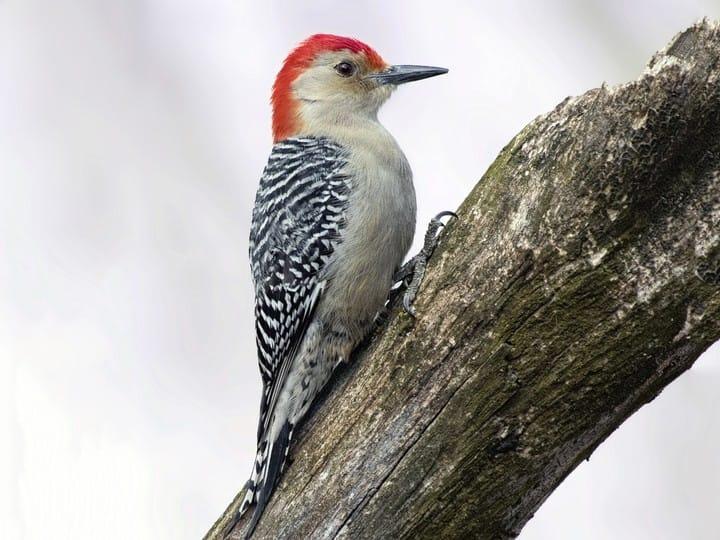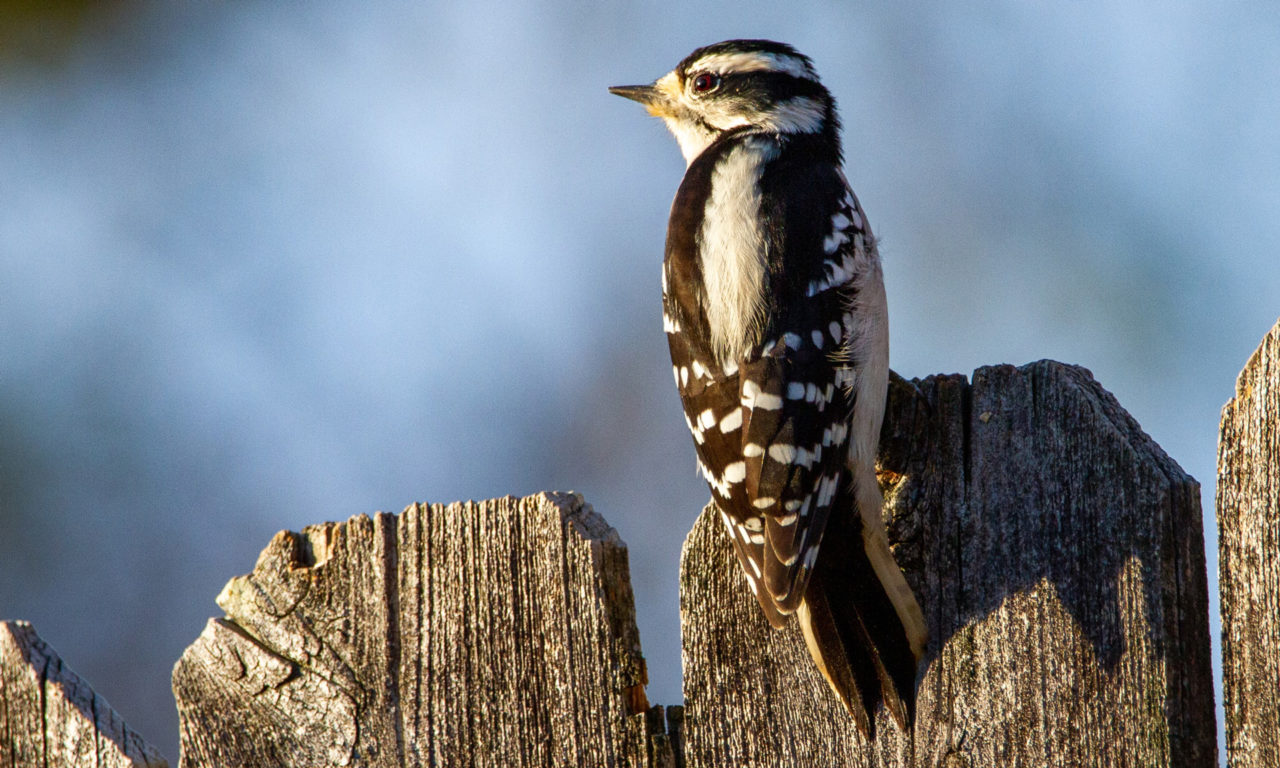Discovering Woodpeckers in Florida: Variety Diversity and Nature
Discovering Woodpeckers in Florida: Variety Diversity and Nature
Blog Article
Woodpeckers: A Comprehensive Guide to Comprehending These One-of-a-kind Birds
Woodpeckers, with their distinctive actions and physical attributes, have long astounded the interest of ornithologists and nature fanatics alike. As we explore the detailed anatomy, varied varieties, and eco-friendly importance of woodpeckers, a deeper admiration for these special birds and the enigmas they hold unravels.

Woodpeckers' Drumming Habits
Woodpeckers show a rhythmic and specific drumming habits that serves numerous necessary functions in their daily lives. This actions is primarily connected with communication, region defense, and foraging. The distinctive drumming sound is developed by the rapid pecking of their beaks against tough surfaces such as tree trunks, branches, or even metal items.
Interaction is an essential facet of woodpecker behavior, and drumming plays a significant duty in this process. Woodpeckers utilize drumming to develop their existence, bring in companions, and keep contact with their partners and spawn. The frequency, intensity, and duration of drumming series share specific messages to other woodpeckers in the area.
Along with interaction, woodpeckers utilize drumming actions for area protection. Woodpeckers in Florida. The loud and repetitive drumming works as a cautioning to potential burglars, signifying that the location is currently claimed. By establishing their area through drumming, woodpeckers lower the likelihood of disputes over useful resources such as food and nesting websites
Moreover, woodpeckers additionally employ drumming as a foraging strategy. The rhythmic pecking aids them situate insects concealing below the bark of trees by producing resonances that disrupt the victim's concealment. This habits showcases the adaptability and ingenuity of woodpeckers in utilizing their drumming skills for multiple crucial functions.
Unique Adaptations for Tree Climbing
Having mastered the art of drumming to connect, defend region, and forage, woodpeckers have progressed unique adaptations that promote their impressive climbing up abilities in their arboreal habitats. One essential adjustment is their specialized feet. Woodpeckers have zygodactyl feet, with two toes directing onward and two toes directing backwards. This plan supplies a strong grasp on the vertical surface areas of trees, enabling them to stick easily while foraging for bugs or drumming. In addition, woodpeckers have tight tail plumes that function as a prop to support their bodies as they climb up. These tail feathers supply stability and equilibrium, enabling woodpeckers to steer up tree trunks with precision and agility.
Furthermore, woodpeckers have effective neck muscles and an unique head structure that aid in their climbing up abilities. Their solid neck muscular tissues permit them to swiftly peck at tree bark without experiencing whiplash, while their thick skull and tiny mind act as shock absorbers, safeguarding them from the influence of duplicated drumming. These adjustments collectively make it possible for woodpeckers to browse the upright world of trees with effectiveness and poise.

Duty of Woodpeckers in Ecosystems
Playing an essential function in woodland environments, woodpeckers add considerably to the balance and health and wellness of their environments with their unique behaviors and communications with other varieties. Among the essential environmental features of woodpeckers is their function in controlling insect populaces. By foraging for insects under the bark of trees, woodpeckers assist regulate bug populations, stopping episodes that might damage the total health of the forest. Additionally, woodpeckers develop cavities in trees that function as critical nesting sites for a variety of other bird types, promoting biodiversity within the ecological community.
Additionally, the drumming and vocalizations of woodpeckers play an important duty in communication and region establishment. These sounds not just offer to attract mates but also assist define limits between various woodpecker areas, minimizing problems and promoting a harmonious conjunction within the forest community. Overall, the existence of woodpeckers in woodland communities highlights their value as keystone species, influencing the dynamics and functioning of these habitats in diverse ways.
Makeup: Specialized Beaks and Feet
In the complex web of woodland environments, the specialized beaks and feet of woodpeckers are vital adjustments that allow them to satisfy their essential ecological functions. Woodpeckers possess distinct physiological features that are specifically designed to aid them in their foraging and nesting behaviors.
One of the most unique feature of woodpeckers is their strong, chisel-shaped beaks. These beaks are flawlessly adapted for exploration right into timber to reveal insects, larvae, and sap covert beneath the bark browse around these guys of trees. The solid muscles and tough structure of their beaks enable woodpeckers to eat a rate of as much as 20 times per secondly without causing damages to their heads.
Furthermore, woodpeckers have specialized feet that aid in their my company acrobatic climbing capabilities. Their feet have 2 toes directing forward and two toes pointing in reverse, supplying a strong hold on upright surface areas (Woodpeckers in Florida). This distinct foot setup, along with rigid tail feathers that work as an encouraging prop, enables woodpeckers to hold on to tree trunks and branches easily while they look for food or excavate nesting cavities
Woodpecker Variety Variety
Woodpeckers are a varied team of birds found across numerous environments worldwide, with over 200 well-known varieties showing adjustments to various atmospheres. Woodpeckers have advanced to populate a range of atmospheres, from forests and timberlands to meadows and deserts, each presenting unique difficulties that have actually affected the advancement of distinct woodpecker varieties.
These adaptations make it possible for woodpeckers to forage effectively in their respective environments, lowering competitors among types and promoting niche distinction. Furthermore, geographical isolation and historical aspects have played a duty in forming the distribution and variety of woodpecker varieties, leading to the large array of specialized adaptations seen in these interesting birds.

Final Thought
In conclusion, woodpeckers are remarkable birds that display one-of-a-kind drumming actions, specialized adjustments for tree climbing, and play crucial roles in click here for info environments. With a diverse variety of woodpecker species located worldwide, these birds are important for preserving the health and equilibrium of woodlands and forests.
Report this page